Today’s chosen theme is “Training Tips for Aspiring Seasonal Mountain Hikers.” Welcome! Let’s build a practical, inspiring plan that turns seasonal goals into confident summits. Read, save, and share your questions—then subscribe for weekly mountain-ready workouts, checklists, and real trail stories.
Build Your Seasonal Training Calendar
Develop an aerobic base with easy hikes, brisk walks, and cycling while sprinkling in light strength twice weekly. Aim for consistency over intensity. Maya, a new hiker, added three gentle sessions weekly and found her weekend trail time suddenly felt smoother and more fun.
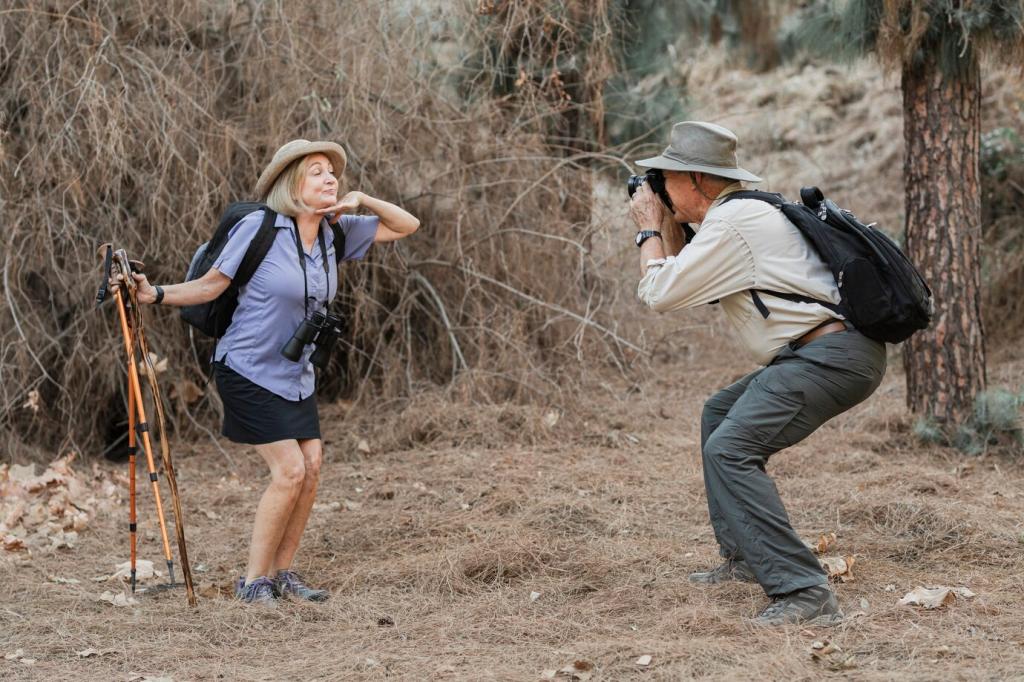
Build Your Seasonal Training Calendar
Introduce hill repeats, weighted pack walks, and progressive strength: step-ups, split squats, and deadlifts. Increase volume by no more than ten percent per week. Track how you feel, not just your numbers, and adjust when life or weather interferes.

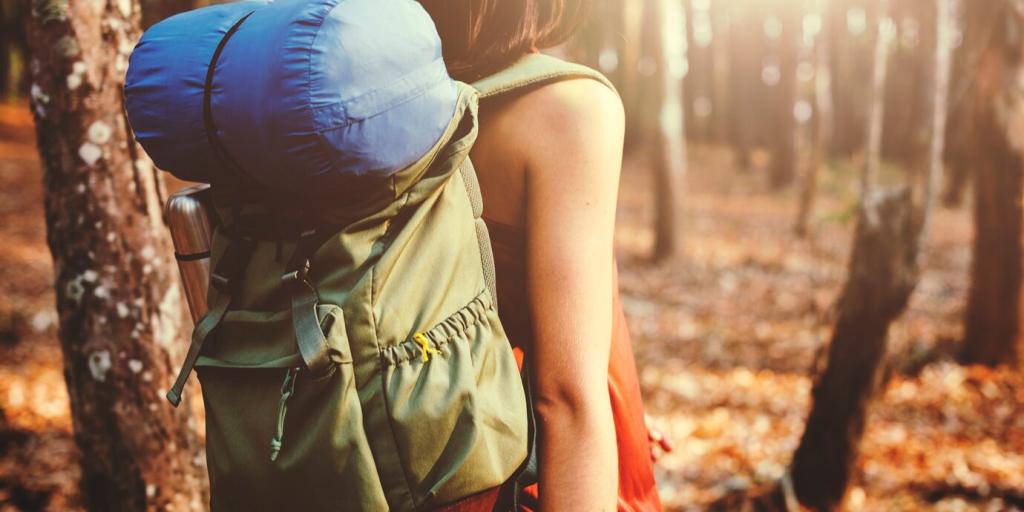

Strength That Protects Knees and Back
Build capacity with step-ups, Bulgarian split squats, and hip hinges. Prioritize full range and slow lowering phases. Two to three sets, two to three times weekly, beat marathon sessions. Think movement quality, not maximal load, to support big days outside.

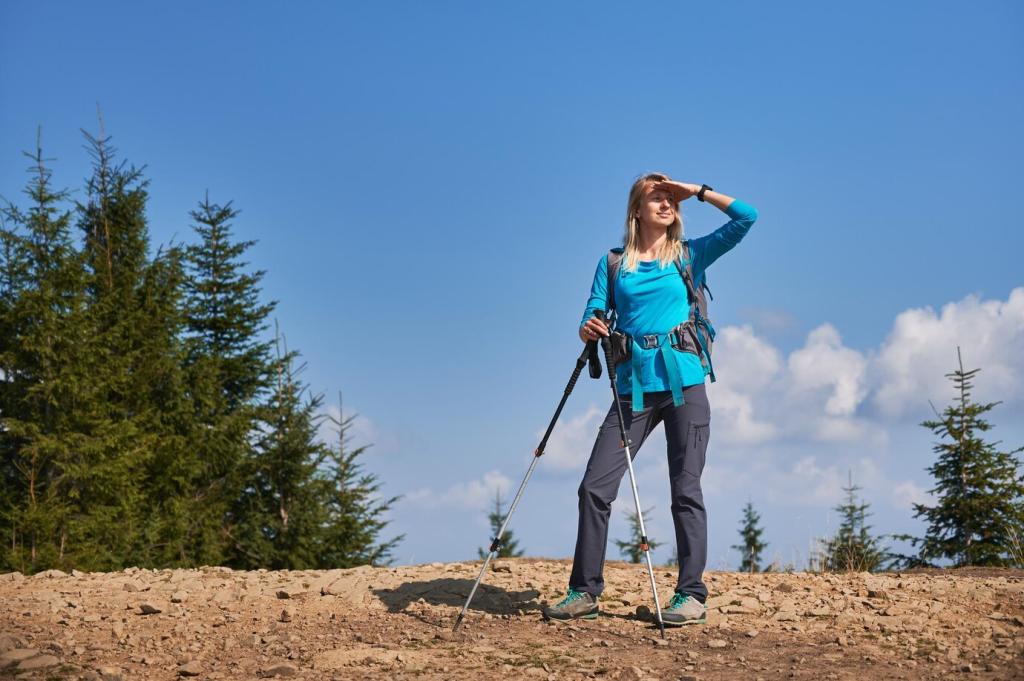
Strength That Protects Knees and Back
Train anti-rotation and anti-flexion with planks, dead bugs, and suitcase carries. Practice short hikes with a lightly weighted pack to condition shoulders and trunk. This combo keeps posture steady when trails get technical or packs get heavier than planned.
Altitude and Breathing Readiness
Practice nasal breathing during easy sessions to encourage a calmer cadence. On steeper efforts, switch to strong mouth exhales to clear CO2. Count steps to breaths and lock into a repeatable rhythm that keeps your heart rate stable on long climbs.
Altitude and Breathing Readiness
If your trip allows, add a gradual ascent schedule with extra hydration and conservative first-day goals. A short shakedown hike near the trailhead helps you read how your body responds before committing to a big push above tree line.



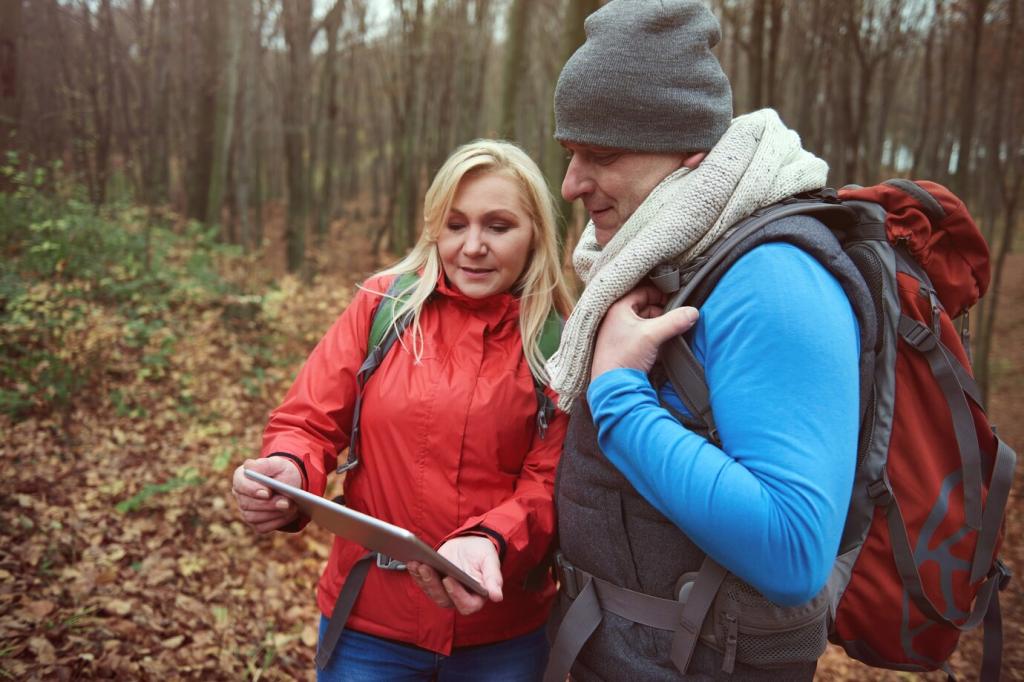
Mobility, Recovery, and Injury Proofing
Cycle ankle circles, calf stretches, hip openers, thoracic rotations, and gentle hamstring flossing. Do it while coffee brews or after brushing teeth. Consistency keeps stride efficient and reduces that first-mile stiffness that loves to derail good intentions.
Mobility, Recovery, and Injury Proofing
Prioritize sleep, easy walks, and protein-rich meals. Use a short post-hike check-in: how do your feet, knees, and back feel? A quick note in your training log makes patterns obvious, so you can act before a niggle becomes a layoff.
Technical Skills and Trailcraft
Set pole length near elbow height and plant diagonally to your step. Use them lightly on climbs, firmly on descents. Poles spread workload to upper body, saving knees for later miles and helping you stay upright on loose surfaces.
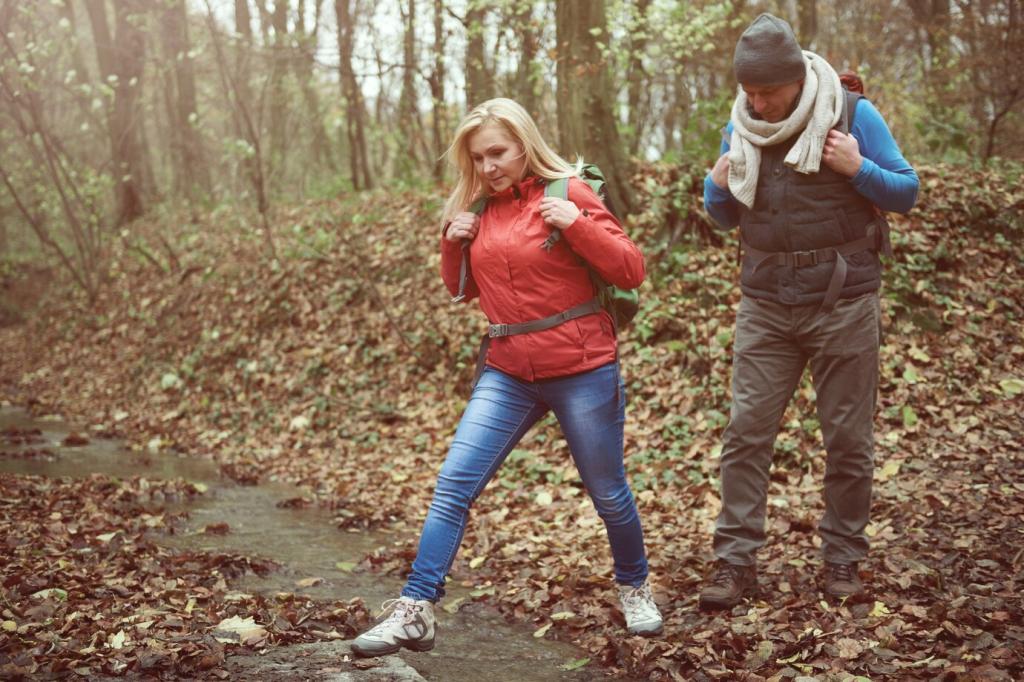
Introduce warmer sessions gradually, hydrate with electrolytes, and slow early pace until your sweat response normalizes. Train early mornings, choose shaded routes, and rehearse cooling strategies like soaking a cap or buff at streams on long climbs.

